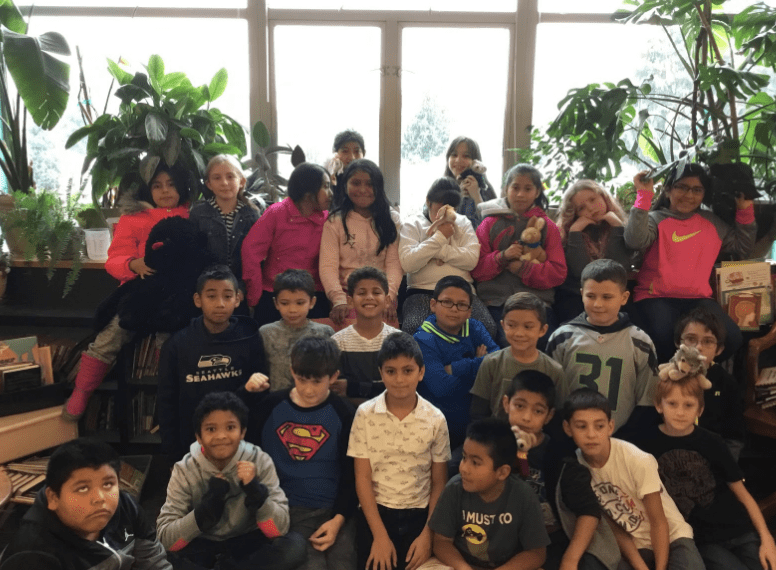Digital Energy Textbook
This story comes from Wendy Atkinson and the fourth-graders at Lucille Umbarger Elementary School. Lucille Umbarger is a K-8 school located in Burlington, Washington, USA.
In Wendy Atkinson’s fourth-grade class at Lucille Umbarger Elementary School, a new focus on collaborative inquiry exposed an opportunity to identify or design new materials to support students to learn more deeply through the inquiry lens. Focusing on the forms of energy, rather than using an already-existing textbook students and their learning partners decided to create their own. After identifying and exploring case studies relating to various forms of energy, students determined the energy form they were most passionate about and formed groups based on their shared interests. In addition to groups’ explorations of wind, geothermal, solar, electrical, and other forms of energy, a visit to the local SPARK Museum “sparked” one group’s interest in the Tesla coil. They determined that their contribution to the textbook would be a chapter dedicated to their visit to the Museum and to detailing what the coil was originally intended for, the purposes it serves now, and why it didn’t quite live up to Nikola Tesla’s original vision. Other groups took a similar research-based approach to the writing of their chapters, focusing on key points of information about their chosen energy, its uses and benefits for humans, and its cost and sustainability. The end result? A published digital textbook donated to the school library and for use by future fourth-grade classes for years to come. In this way, students’ learning isn’t only leveraged in the support of one another’s learning, but in the support of deep learning that’s student centered and student designed, and that’s highly sustainable in its own right. Click the button below to access Lucille Umbarger’s Digital Energy Textbook.
Have your own story to share? Visit the Share Your Learning page to send us a submission!

